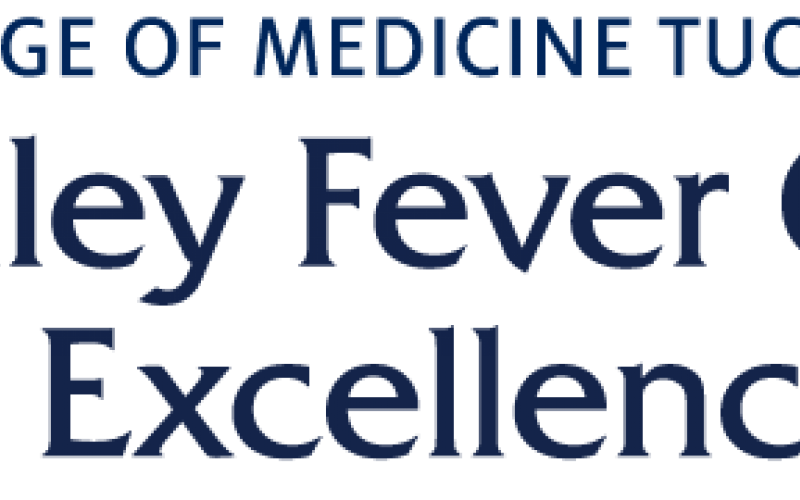Research around Early Events in Coccidioidomycosis
Dr. Fariba Donovan is leading research to decrease the time it takes to diagnose Valley fever. The premise is that an earlier diagnosis will cut down on unnecessary medical tests and unneeded treatments. Also, this keeps people from getting antibiotics they don’t need. This work uses clinical findings to assist in faster diagnoses of Valley fever and supports providers in how to better manage this disease. A rapid lateral flow assay is a tool used for this.
Additionally, patients who take biological response modifiers (BRMs) for autoimmune disorders such as rheumatoid arthritis, inflammatory bowel disease, or psoriasis sometimes are affected severely by Valley fever. Valley Fever Center researchers are investigating if taking these medications increases the risk of adverse outcomes from this disease.
Canine Valley Fever Vaccine Project
The Canine Valley Fever Vaccine Project is a joint public/private venture of the Valley Fever Center for Excellence (University of Arizona) and Anivive Lifesciences, Inc., through an NIH grant [RO1-AI-132140] to develop a vaccine to prevent Valley Fever in dogs. Formulation of a vaccine takes time, and clinical trials will be underway in the next several months.
 Awareness Initiatives
Awareness Initiatives
One of the Center's goals is to develop public awareness and education about Valley Fever. Every year since 2002, the Governor of Arizona has designated a week in November as Valley Fever Awareness Week. This is a time that the Valley Fever Center for Excellence hosts various public events to improve education about Valley Fever. Among other activities, Dr. John Galgiani often presents informative lectures during this time. To see past years' resources, visit HERE.
 The VFCE has been researching and developing a potential cure for Valley fever since the early 2000s called Nikkomycin Z (Nik Z).
The VFCE has been researching and developing a potential cure for Valley fever since the early 2000s called Nikkomycin Z (Nik Z).
This drug is made by a bacteria and acts by blocking the enzyme that makes “chitin,” an important building block in fungal cell walls. People and animals do not make chitin and the enzyme target of NikZ is absent. Therefore, NikZ might have little or no toxicity for the patient. Despite promising work, drug development is expensive. Recent progress has brought a closer look by potential investors, although no commitments have been made. Financial barriers have kept our center from continuing research with Nik Z, but if it resumes we hope to find promising results that will help with Valley fever outcomes in Arizona.
 Valley Fever Training Manual
Valley Fever Training Manual
The newest edition of our Valley Fever Training Manual became available March 2019. This training manual is one of the best resources we provide. Its purpose is to help doctors & the public better understand Valley Fever.
Email us if you would like a physical copy.
To read the training manual online, please click here.
 COCCI
COCCI
In December 2015, the Center began to distribute COCCI pins to medical professionals, with the goal of spreading Valley Fever awareness among the medical community.
COCCI is an acronym that Dr. Galgiani created, intended to help medical professionals manage Valley Fever in their patients.
COCCI stands for:
Consider the diagnosis
Order the right tests
Check for risk factors
Check for complications
Initiate management
We designed our website to follow this acronym, check it out on our "Valley Fever in People" page.


